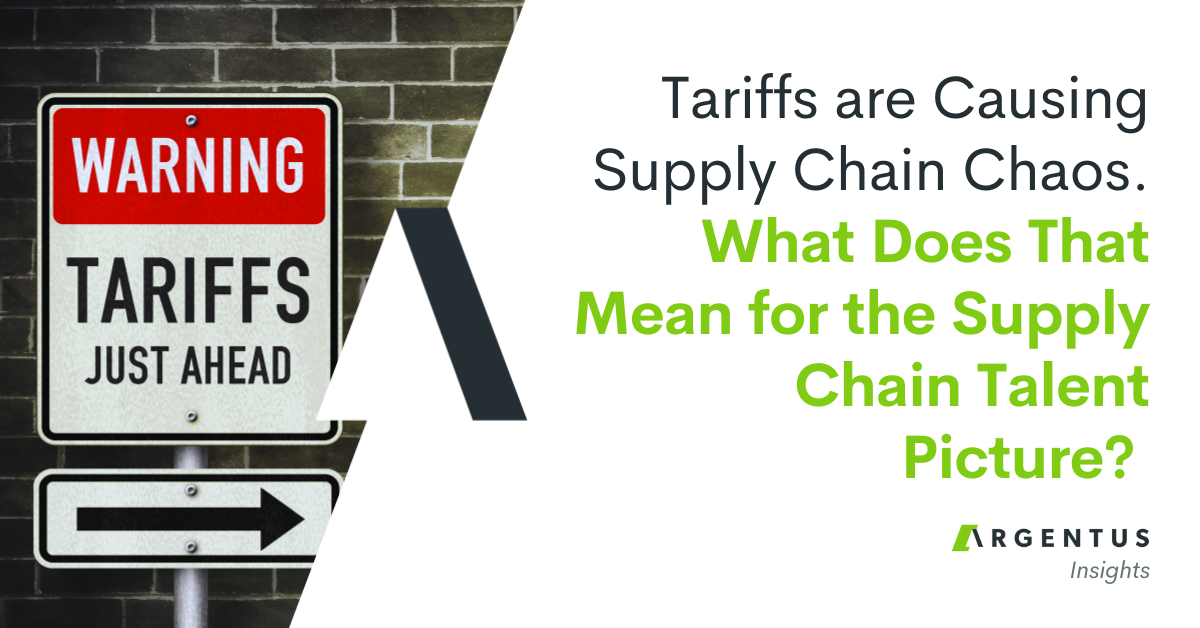Written by guest contributor Megan Ray Nichols, a freelance stem writer and the editor of Schooled By Science. For more from Megan, you can follow her on Twitter or subscribe to her blog here.
When it comes to the supply chain, nothing is more temperamental than cold-store goods, including pharmaceuticals. They require preservation at adequate temperatures throughout their entire journey as they move from one party to the next until finally, they reach store or pharmacy shelves. Even then, they must remain under the necessary conditions until a customer purchases them.
That’s true of everything from completely frozen to chilled products. If a cold storage system fails and the goods either thaw or become exposed to warmer temperatures, they end up contaminated, often within an incredibly short window. Pharmaceuticals especially require stringent handling conditions, or else the medicine becomes wholly ineffective or sometimes even dangerous.
It creates several challenges for every party involved along the supply chain, mainly having to do with the proper handling and preservation of goods. Luckily, new technologies and methods have cropped up to deal with such problems, and at the least, they make the daunting task of pharmaceutical and foods-handling much easier.
Here are some of the most significant challenges organizations face in the pharmaceutical cold chain.
1. Total Visibility
Many adverse events in the cold chain, when traced back to their source, link to poor visibility. Theft and counterfeit goods, supply shortages, damaged drugs due to mishandling — all stem from improper controls. Making matters worse, parties at the receiving end of the spectrum — including regulators, retailers and health care professionals — often have no idea where drugs are coming from or what ingredients they contain.
Until now, the accepted solution for dealing with this has been the liberal use of product identifiers, which attach to each product and allow parties to reference necessary details. Even with these in place, the overall visibility isn’t at the level it should be. For the consumers’ sake, drugs should be visible along their journey in many forms. Tracking should reveal who handled the drugs, their storage location and methods, what places they’ve been to and what the actual work entailed. An adequately monitored system will also reveal when and where goods go missing, what parties might have swapped in counterfeit goods and even who might be stealing.
IoT and RFID packaging for drugs can help alleviate some of the problems by offering more robust tracking data.
2. Synchronized Logistics
While the act of supplying pharmaceuticals is rather straightforward, process coordination at the receiving end can muddy the waters. Many hospitals and health care providers have a distinct process for acquiring or ordering certain supplies. It means the entire supply chain must sync up to meet the needs of its customers.
A great example of this is the CAR-T cancer treatment, or chimeric antigen receptor (CAR) T-cell therapy. A health care provider extracts T-cells from a patient and sends them to a manufacturing facility for genetic modification, after which they travel back to the original location for infusion. During their back-and-forth journey, the cells require storage at frigid temperatures, or else they will die. Besides, the patient could die during the process if things don’t move along fast enough, or if the cells get mixed up and given to the wrong patient.
For CAR-T treatments to work, incredibly accurate monitoring tools must be in place to both track and inform all parties at each stage of the logistics operation. New and more robust software platforms are aiding this entire process, but they’re still in their infancy. The solutions will need to become more powerful and increasingly reliable, especially as they expand to include the rest of the pharmaceutical cold chain.
3. Shipping and Transportation
As medicine grows more sophisticated, the methods of preservation have also become increasingly complex. Due to their biologic origin, they need storage under the appropriate conditions, not just to retain their effectiveness, but also to keep the cells contained within alive and free from contamination. The biopharma cold chain explicitly deals with transporting biologics or biological products.
Many treatments are heat-sensitive or grow in exclusive settings that are not easy to replicate — such as an industrial-scale bioreactor. Contamination would mean the loss of hours upon hours of work and inordinate amounts of money. At the receiving end, there is the risk of death for those who do not get the medicines they need. Therefore, it’s critical that shipping and transportation processes are more reliable and controlled than ever before.
Furthermore, as more cell and gene therapy treatments like CAR-T appear, cold-chain shipping will need to evolve to accommodate these new solutions. It calls for direct integration with all existing processes to unify the entire chain, even those at the very end.
An example would be a robust visibility program that allows even doctors and other health care professionals to monitor the handling of treatments as they move from party to party. Upon retrieval, yet before administering treatments, medical professionals can see exactly who handled the drugs, if anything went wrong and any other limiting information that might affect their patients’ health. If contamination occurs, suppliers and distributors can see precisely why a medicine is problematic and immediately work to improve or fix the problem. One can begin to understand why cold-chain shipping plays such an integral role in the overall visibility of a product, or this case, drug.
4. Managing Compliance
In the United States, the FDA has strict policies and regulations on the manufacture and handling of drugs. They exist to protect consumers who rely on specific medications. Despite that, many pharmaceutical manufacturing facilities are in foreign countries. It is especially true of generic and cheaply produced drugs, which serve as an alternative to more expensive options.
More recently, the agency has been cracking down on non-compliance, which puts added pressure on the entire supply chain. We will need more robust solutions, not only to measure compliance, but to identify and reject unsafe supplies. Shippers and distributors will soon be responsible for doing this, as well, alongside manufacturers. The Drug Supply Chain Security Act — which will take effect in 2023 — emphasizes compliance for anyone and everyone involved in the sale of pharmaceuticals in the U.S.
The law will not become a reality for another few years. Still, the supply chain must establish new standards for traceability and product serialization before that. ![]()




0 Comments